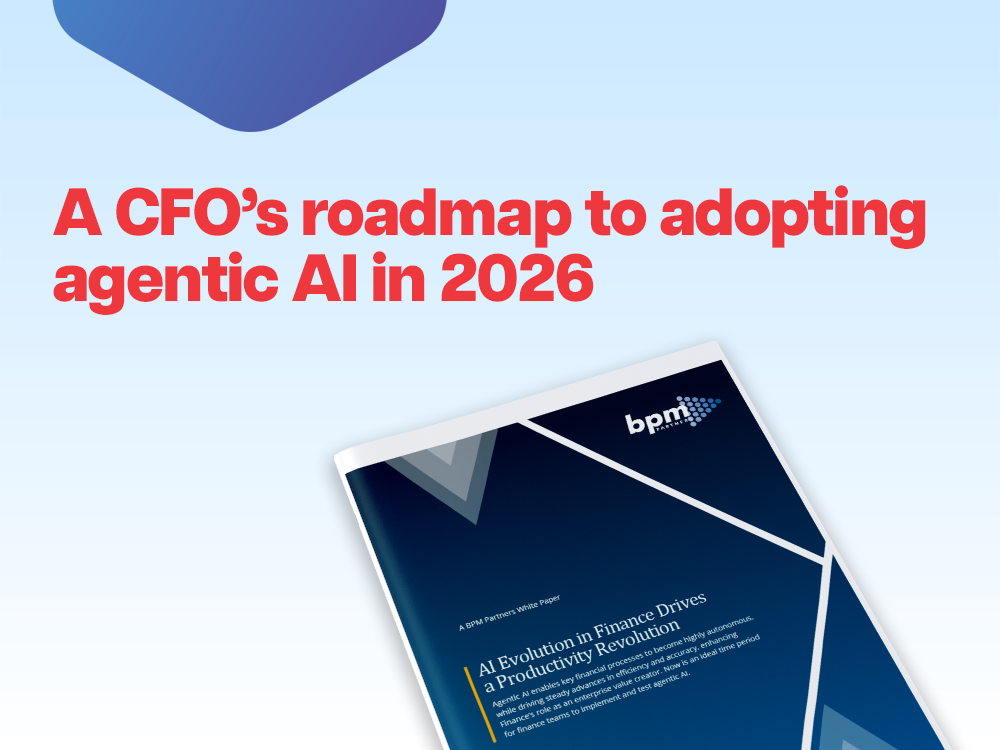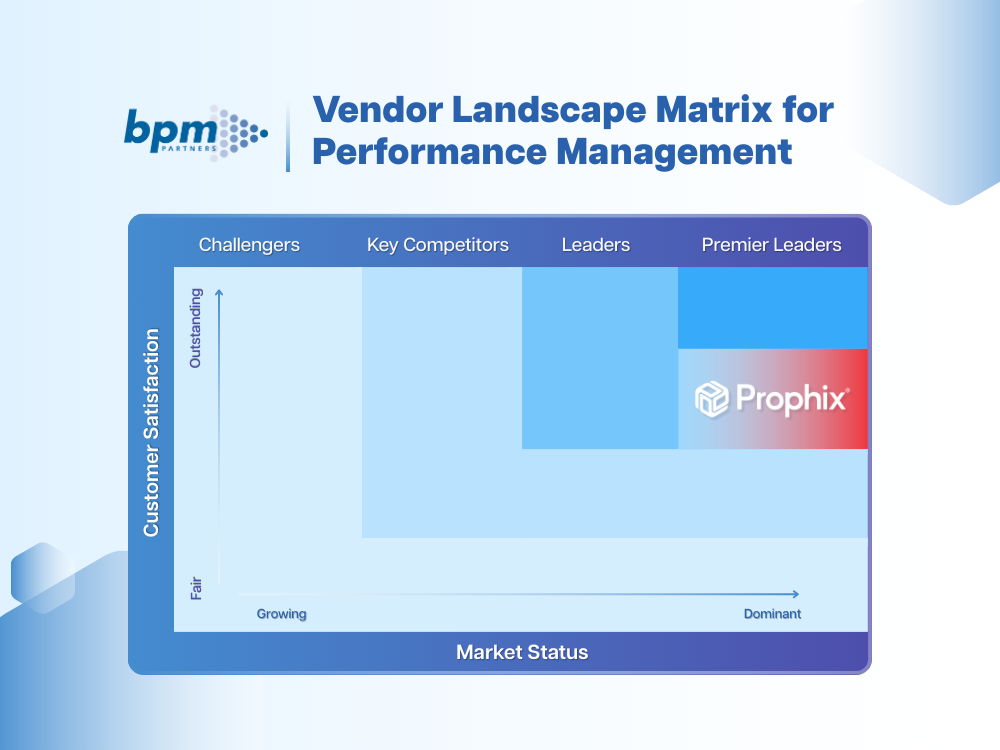Download the BPM Partners Whitepaper
How IFRS 18 changes financial reporting
IFRS 18 is coming – and finance teams need to prepare. Here is everything you need to know.
June 4, 2025In April 2024, the International Accounting Standards Board (IASB) introduced IFRS 18: Presentation and Disclosure in Financial Statements, marking a significant update to financial reporting under IFRS.
This new standard replaces IAS 1, the original source of guidelines on how financial statements should be structured and presented across industries and jurisdictions. IAS1, in its current form, has been active for nearly three decades, originally taking effect back in 1998.
This makes IAS 1 one of the longest standing international accounting standards, a testament to its importance and the stability of its underlying principles.
What is IFRS 18?
IFRS 18, also known as IFRS 18: Presentation and Disclosure in Financial Statements, aims to increase the comparability of financial statements across companies and industries. Designed with clarity and consistency in mind, IFRS 18 introduces a more structured approach to the income statement, requiring companies to classify income and expenses into five clear categories:
- Operating
- Investing
- Financing
- Income taxes
- Discontinued operations
This new standard also mandates the presentation of two key subtotals: “operating profit or loss” and “profit or loss before financing and income taxes”. This makes it easier for investors and stakeholders to understand a company’s core performance at a glance.
Additionally, it includes the requirement for transparent disclosure of management-defined performance measures (MPMs), all reconciled to IFRS-defined totals. This is intended to help users see exactly how management views the business and how those views align with official results.
By enhancing aggregation and disaggregation rules, IFRS 18 ensures that financial statements strike the right balance between detail and clarity, helping companies tell their financial story more effectively while giving users a better basis for analysis and comparison.
IFRS 18 effective date
IFRS 18 will come into effect for annual reporting periods beginning on or after January 1, 2027. Companies preparing financial statements under IFRS will need to comply with this new standard for accounting periods starting on January 1, 2027. Early adoption is permitted, so organizations can implement the new requirements ahead of the mandatory effective date if they choose.
It is important to note that, in its first year, IFRS 18 must be applied retrospectively to one of the financial statements. Specifically, entities must restate the statement of profit or loss for the most recent comparative period to directly compare results under new and old standards. This means that companies must present a reconciliation for each line item in the statement of profit or loss, showing the differences between amounts reported under IAS 1 and those restated under IFRS 18.
Additionally, in the first year of adoption it is required to provide a restatement of the opening statement of financial position. This is necessary, if IFRS 18 changes the levels of aggregation or disaggregation (how you group or break down items in the financial statements).
So, what does this mean in practice? Normally, financial statements show balance sheets for the current period and the prior period. However, IFRS 18 changes how items are grouped. This significantly affects the opening balances of the prior period, and you must also present an additional balance sheet at the start of that prior period to clearly show the impact of these changes.
Key changes for IFRS 18 Presentation and Disclosure in Financial Statements
What IFRS 18 replaces
IFRS 18 replaces IAS 1 Presentation of Financial Statements, which previously guided the structure and content of primary financial statements. While IAS 1 allowed a degree of flexibility, it also led to inconsistencies in how performance was communicated.
Major changes introduced by IFRS 18
Key changes introduced by IFRS 18 include:
- Changes to the statement of profit and loss
- Management defined performance measures (MPMs)
- Aggregation and disaggregation
- Impacts on other standards
- Risks of inadequate preparations
Let’s look at each change in more detail.
Changes to the statement of profit and loss
IFRS 18 require companies to classify income and expenses into five specified categories: operating, investing, financing, income tax, and discontinued operations. To support these categories, the standard introduces two mandatory subtotals: operating profit or loss, and profit or loss before financing and income taxes. These changes aim to standardize the structure of the income statement, making it easier to compare across entities.
Management defined performance measures
IFRS 18 introduces the concept of MPMs as a subtotal of income and expenses that an entity uses in public communications outside financial statements. This is used to communicate the management’s view of an aspect of the financial performance of the entity.
The introduction of MPMs is intended to add transparency to such measures by requiring the following information to be disclosed in a single note to the financial statements:
- How the measure is calculated
- How it provides useful information
- A reconciliation to the most comparable subtotal specified by IFRS 18 or another IFRS Accounting Standard
Aggregation and disaggregation
IFRS 18 provides guidance on the roles of primary financial statements and notes, as well as on how entities should aggregate and disaggregate financial information based on common characteristics. The latter aims to prevent entities from providing too much information to obscure key insights, and from providing too little information to hide important details.
Impact on other standards
IFRS 18 introduces measures which have a meaningful impact on a number of other IAS standards, namely IAS 7, IAS 8, IAS 33 and IAS 34.
1. IAS 7 Statement of Cash Flows
All entities must now use “operating profit” (as defined by IFRS 18) as the starting point for the indirect cash flow method, replacing the previously undefined profit or loss. The classification of interest and dividends is now more consistent:
- For most entities, interest paid is financing, and interest/dividends received are investing.
- For entities whose main business is investing or lending, classification aligns with how related income/expenses are shown in the income statement, and each type of cash flow must be classified into a single category.
2. IAS 8 Accounting Policies, Changes in Accounting Estimates and Errors
General requirements like fair presentation, going concern, accrual basis, and accounting policy disclosures move from IAS 1 to IAS 8, which is retitled to Basis of Preparation of Financial Statements. The requirements remain the same, but they are now better organized.
3. IAS 33 Earnings Per Share
Additional per-share amounts can only be disclosed if based on IFRS 18-defined subtotals or management-defined performance measures (MPMs). These must be presented in the notes, not on the face of the financial statements, and require clear reconciliations.
4. IAS 34 Interim Financial Reporting
Companies must now provide disclosures about MPMs in interim financial statements to the same extent as in annual reports, ensuring users have consistent and timely information about management’s key performance measures throughout the year.
Risks of inadequate preparation
Inadequate preparation for IFRS 18 can lead to several risks for companies. These include increased implementation costs, disruptions to financial reporting systems and processes, and potential errors or inconsistencies in the classification and disclosure of income and expenses.
Companies may also face challenges in meeting the new requirements for management performance measures and reconciling prior period comparatives, which could result in delays or compliance issues. Insufficient preparation may undermine transparency, comparability, and stakeholder confidence in financial statements, and could expose entities to regulatory scrutiny or reputational damage.
Special consideration: US companies operating in the UK
US companies operating in the UK should pay close attention to the adoption of IFRS 18, as the new standard will apply to UK subsidiaries and affiliates required to prepare statutory financial statements under IFRS.
The UK Endorsement Board is currently evaluating IFRS 18 for official adoption. It is expected to be effective for annual periods beginning on or after January 1, 2027. US-based groups may face challenges aligning their group reporting under US GAAP with local UK financial statements prepared under IFRS 18, particularly regarding the new income statement structure, categorization of income and expenses, and expanded disclosure requirements for management performance measures.
But teams who take an early assessment and prepare in advance will be better suited to ensure compliance, avoid reporting inconsistencies, and manage the transition smoothly.
How Prophix can help companies prepare for IFRS 18 changes
Preparing for IFRS 18 changes goes beyond compliance—it's an opportunity to modernize how financial data is managed, reported, and analyzed. Prophix helps finance teams lead this change with confidence by:
- Delivering flexible, dynamic report templates to support the new subtotals and disclosure requirements in the income statement.
- Enabling scenario modeling to assess retrospective adjustments and measure the financial impact of classification changes.
- Supporting multi-GAAP reporting to manage IFRS and local GAAP views side by side.
- Automating reconciliations and roll-forwards that are audit-ready and aligned with IFRS 18 enhanced disclosure standards.
IFRS 18 is coming fast – and the smartest move is to prepare early. Let Prophix help you modernize your reporting processes and ensure compliance without disruption.
Talk to our experts to see how Prophix can future-proof your financial reporting ahead of the 2027 deadline.
Learn how to future-proof your financial reporting.
Insights for next-gen finance leaders
Stay ahead with actionable finance strategies, tips, news, and trends.






